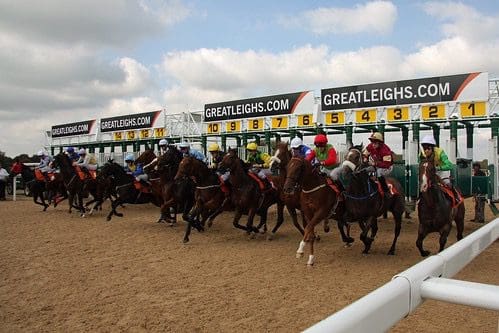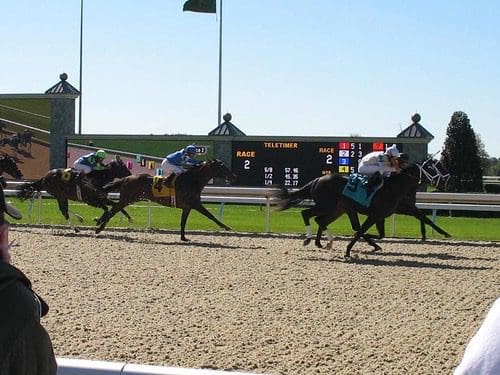It may not be everyone’s cup of tea and receives little recognition, but All Weather racing in the UK and Ireland can sometimes be the saviour of the horseracing world. Of course, flat turf races and daily jumps action takes preference for most fans, but with the weather extremes we have all faced in recent times, it is the all-weather tracks that come to the rescue.
Daily Racing Action
When frost, snow, or heavy rain forces racing to be abandoned across Wales, Welsh trainers like Tim Vaughan, Rebecca Curtis, and Evan Williams can always be assured that the all-weather racing scene will be there to run their horses on.
Rarely, a day goes by without there being at least one meeting on the sand, and if regularly betting on today’s horse racesis your thing, then all-weather racing also comes to the rescue of the betting world.
Not only does it help out the racing and betting industry as a whole, but TV and radio channels dedicated to racing, and the experts employed, also need some guaranteed action to fill the day. If the weather disrupts the cards elsewhere, tipsters can still give some of today’s best horse racing tips for that day’s all-weather meetings.
The All-Weather Tracks
Britain currently has six all-weather racing tracks that provide daily racing action. Wolverhampton, Lingfield, Southwell, Chelmsford, Kempton, and Newcastle all provide racing in all different types of weather conditions, with the latter being the last course to provide an all-weather track in 2016.
The opening of Newcastle’s all-weather track finally gave trainers from the north of England and Scotland, a much closer venue to race their horses, with Welsh trainers tending to use Wolverhampton more than anywhere else.
Chelmsford Racecourse has a mixed history in the sport. Formerly known as Great Leighs, financial troubles forced the track into administration in 2009, but racing returned in 2015 with the course now named Chelmsford City Racetrack.
Different All-Weather Surfaces


There are three different types of surfaces that horses run on in all-weather racing, Polytrack, Tapeta, and Fibresand. So what’s the difference?
Polytrack
Polytrack is the most popular in the all-weather racing sphere, with Lingfield, Kempton, and Chelmsford all using the surface. Polytrack is a mixture of rubber fibres and fine sand, giving the surface a certain bounce, making it safer for horses to run on and resulting in far fewer injuries.
For this reason, Polytrack is the first choice among trainers, and horses are also known to enjoy racing on it, as very little debris, or ‘kickback’ as it is better known, is thrown into their faces throughout the race.
Tapeta
Tapeta was the last surface to be introduced into all-weather racing. Newcastle and Wolverhampton are both currently using the surface which is also popular in the US and Australia. Tapeta is similar to Polytrack but contains a unique blend of wax fibres and sand. Also producing very little kickback, Tapeta is the all-weather surface that is the most comparable to a normal turf track.
Fibresand
Fibresand is slowly but surely being filtered out of all-weather racing. Southwell has been the only track using the surface in recent years, but now, they too have made the change to Tapeta. Fibresand can be very deep, creates a lot of kickback, and can be very tough on horses.
It is derided by some and ignored by others, but the next time we are devoid of racing elsewhere, owners, trainers, jockeys, and the racing world as a whole, will be glad that all-weather action is always there to fill the void.









Leave a Reply
View Comments